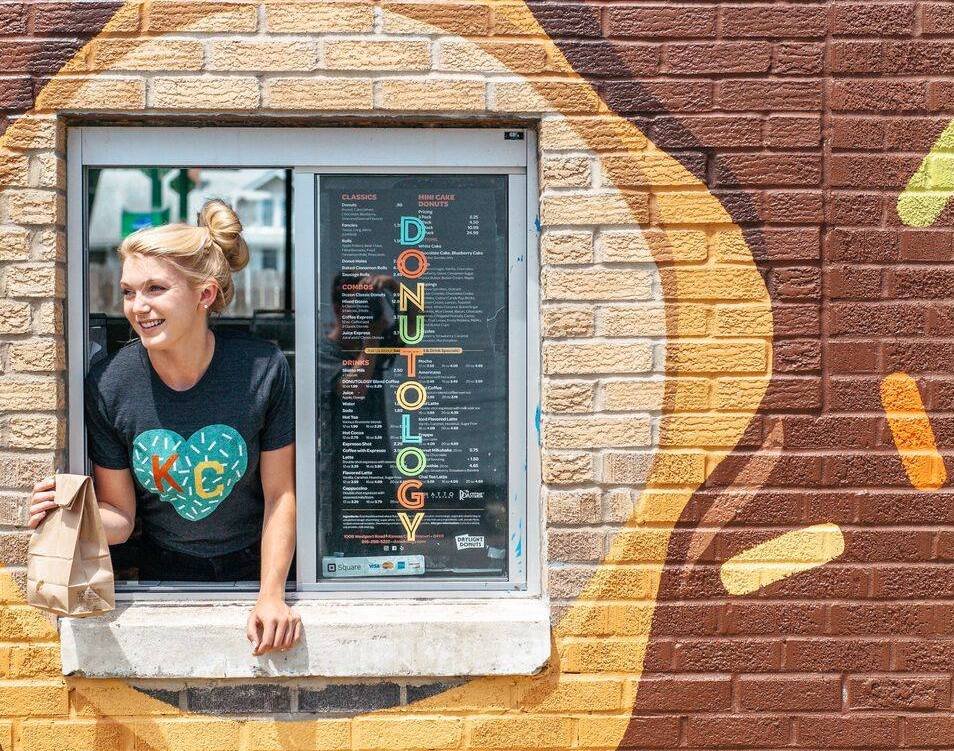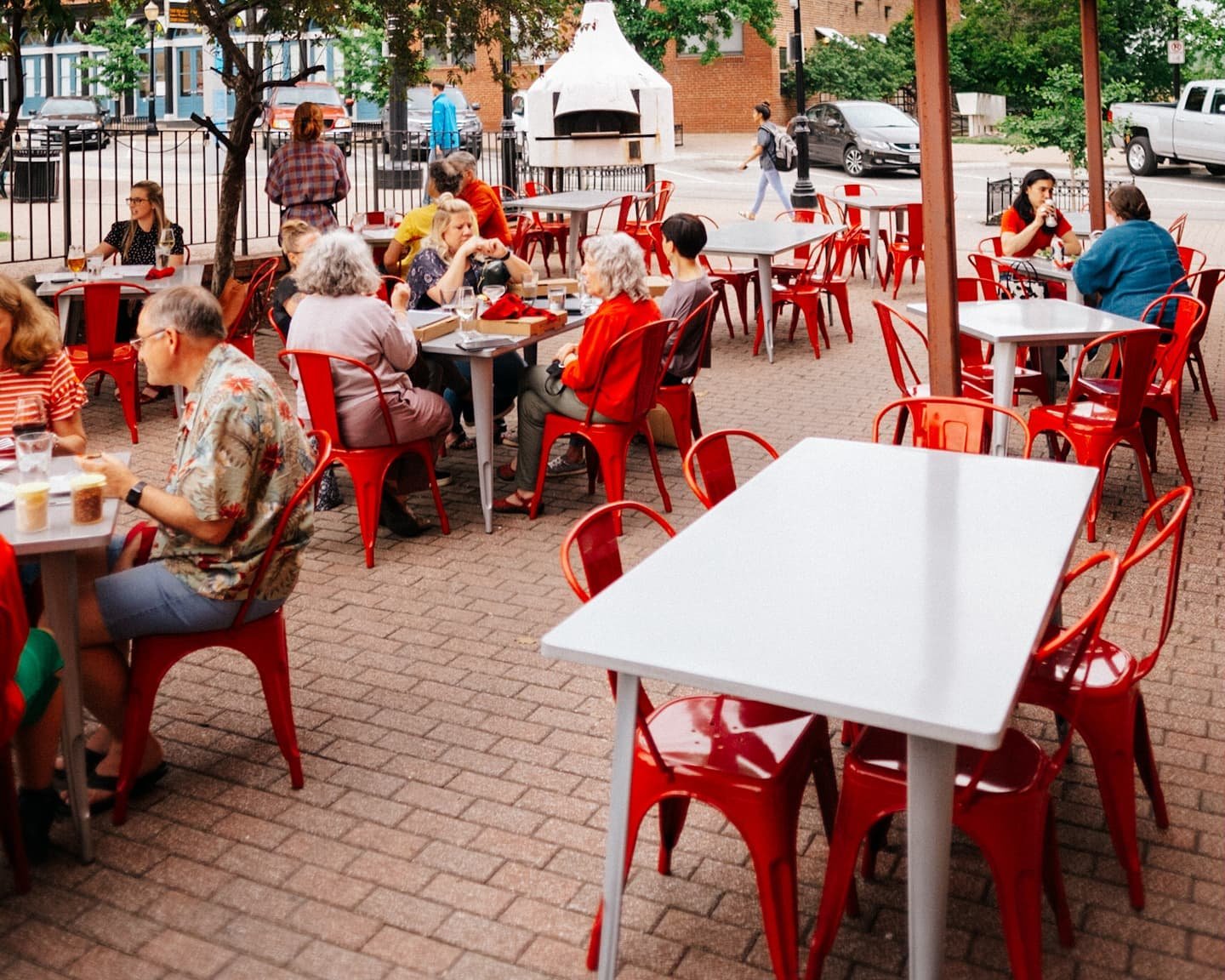What factors should you consider when thinking about your restaurant's location?
If you're just looking for a space that has the cheapest rent, you're setting your business up for failure.
Not every location is suitable for every restaurant. Finding a space that works for your business and attracts the right clientele takes a lot of elbow grease.
Imagine opening up a steak house in a strip mall full of vegan businesses.
There's only one sound you'll hear: *crickets.*
Why the Location of Your Restaurant Matters
There is a saying: "Build it, and they will come."
Unfortunately, that's not always the case.
Unless you have an existing storefront and are considering opening another location, customers won't find out about your restaurant unless you put in the work.
Finding the perfect location for your restaurant is essential to creating a thriving food business. The right location can help you attract walk-in business and make it easier for you to offer online ordering. It will also cut down on your marketing budget.
While an off-the-beaten-track location won't doom your business to failure, it will mean you'll need to spend more on ads and work harder to generate brand awareness.
Tips for Choosing the Right Restaurant Location
Here are some of the key things to look for when finding that sweet spot for your restaurant:
Accessibility and Visibility
How easy is it for people to get to your restaurant? Would they need to make a U-turn at a traffic light? What's the parking situation like? Is there a parking lot, or will people need to hunt for street parking?
The easier you can make it for people to get to your restaurant, the more sales you're going to make.
For example, if you want to open a neighborhood cafe that is only open between 07:00 and 3:00 every day, look for a location on the side of the road most people would use when going to work. That will make it easier for commuters to pick up online orders on their way to the office.
Consider Your Target Market
If you haven't done this already, sit down and create a target market persona. You should have a crystal-clear idea of who you're selling to, their likes, and what would make your restaurant a must-visit on their foodie bucket list.
Once that's done, look at the locations you're considering and ask yourself, "Will my ideal customer hang out in this area?"
Use this as a benchmark to narrow in on areas that best fit your customer personas.
For example, if you want to open a craft wood-fired pizza bistro, like Il Lazzarone, and your target audience is boutique shoppers, open your restaurant near the independently-owned local shopping district.
Or if you anticipate a large volume of online ordering and curbside customers, be sure to select a storefront that has plenty of parking and is easy to get in and out of.
Here are our top tips for creating a user-friendly curbside experience for your patrons.
Look into the Space Turnover
Every town has a space that has a new shop or restaurant opening every couple of months.
If so many other businesses are tapping out, there's a problem with the space. Don't invest in a commercial space where your chances to make back your investment are slim.
To find out information about previous storefront tenants, try connecting with a local chamber of commerce or restaurant association.
Keep an Eye Out for Complementary Businesses
Do you know what people love? Convenience.
If customers can get everything they need in one trip, they will be more likely to become regulars at a restaurant.
For example, it would make sense for a gym, a sports nutrition shop, and a health food restaurant to be next to one another. You're all targeting the same customer but meeting different needs.
When looking into a location for your restaurant, look at what other businesses are in the area. If there are any that complement yours, that's an opportunity for a symbiotic business relationship.
For instance, an ideal pairing for an Italian restaurant would be one that's adjacent to a wine store!
Your Restaurant's Location Will Impact Its Success
By following these tips, you can make sure you're setting your restaurant up for success and not choosing a location simply because the rent is cheap.
When you have the perfect location, you can more easily attract your target clientele. The right location can also help decrease your advertising expenses and make online ordering and curbside pickup more attractive options for your customers.
What do you think is the #1 thing you need to consider when choosing a location for a restaurant?
ABOUT THE AUTHOR
Melissa Dimmitt, Marketing Communications Coordinator
Melissa is the Marketing Communications Coordinator for Menufy by HungerRush. She began working with restaurant managers and executive chefs over a decade ago, coordinating seasonal menu releases, executing photoshoots, and creating fresh digital content.





